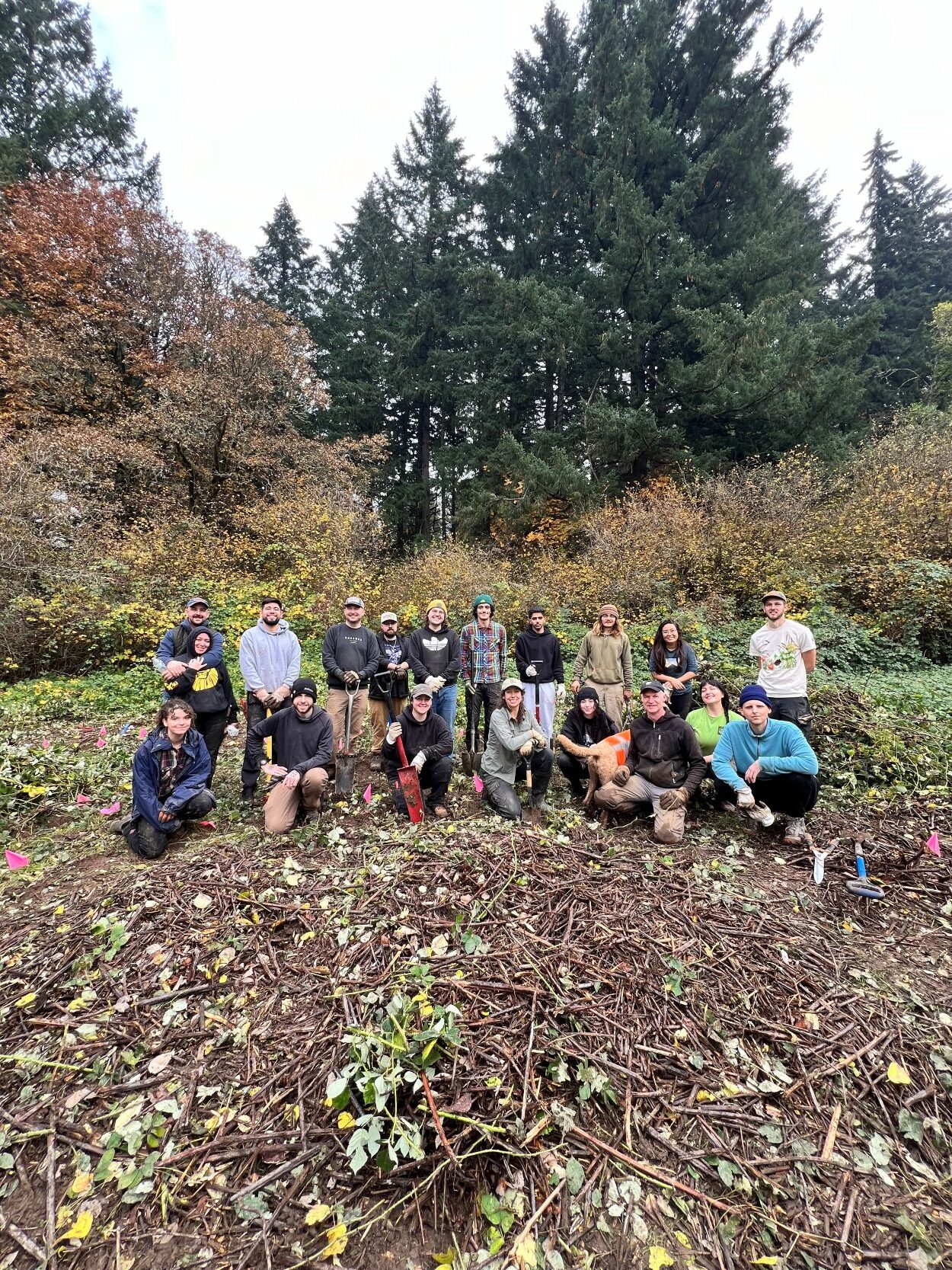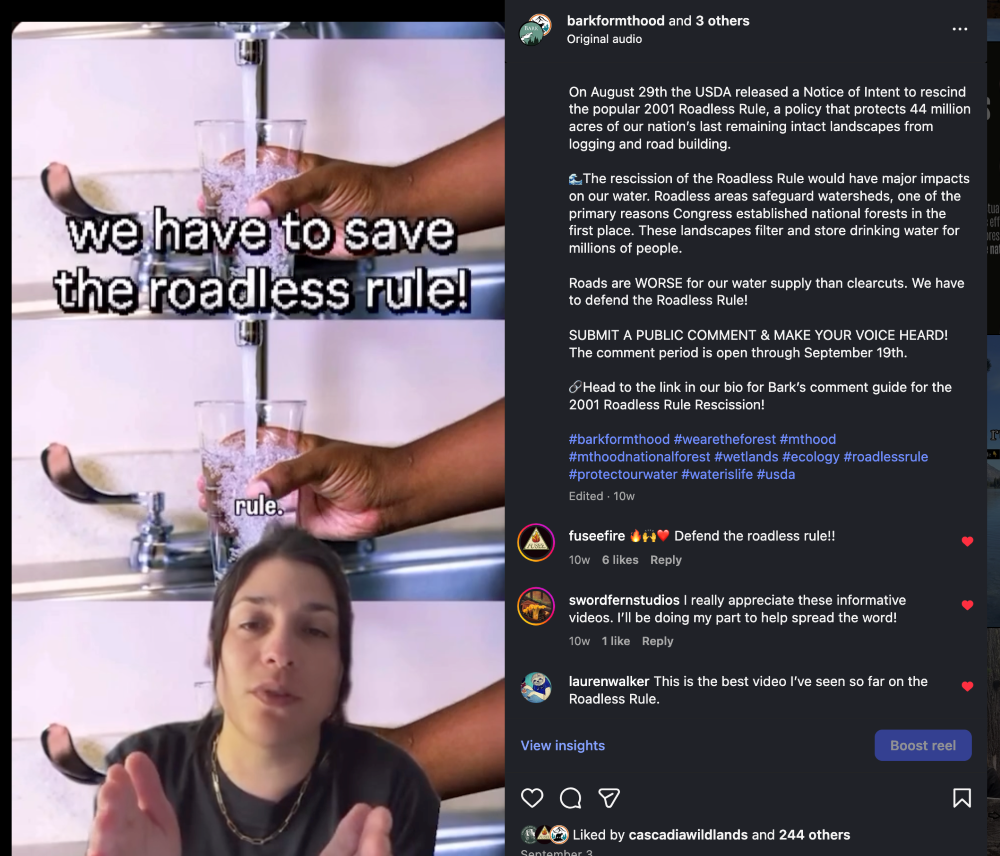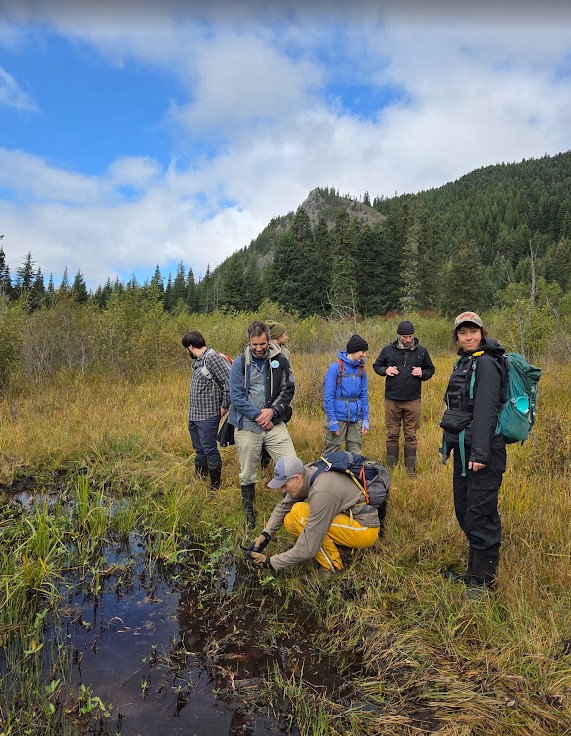Founded in 1999, Bark’s mission is to transform Mt. Hood National Forest into a place where natural processes prevail, where wildlife thrives and where local communities have a social, cultural, and economic investment in its restoration and preservation.
Bark is a “place-based” organization. This means we focus our advocacy, fieldwork, and public education programs on a specific geographical place. We work to defend and restore Mt. Hood National Forest and surrounding public lands.
Bark was founded as a forest conservation organization. We are working to dismantle white, settler-colonial supremacy in our approach so that we can center environmental justice and decolonize our work to defend and restore Mt. Hood.
Bark organizes field trips, hikes, trainings, and other events both in the forest and in our office. Our location provides a gathering place, lending library, meeting, and office space for our staff and volunteers.
To find our office: From Sandy Blvd. turn north on NE 18th Ave. and look for the alleyway/parking area on the west side of 18th between the beige building and the Circuit Climbing Gym. Our doorway is near the entrance to the parking area. You will see the Bark logo on the glass door at the bottom of the sloped path in the beige building. Our space is ADA accessible.
- The space has ground-level entrance, wheel-chair accessibility, and gender-neutral restrooms
- The indoor meeting space can hold 20-30 people for workshops, trainings, and speaking events
- The location is close to Tri-Met Bus Lines 12, 19 and 20 and about a mile from the Lloyd Center Max Station
- We have an area with toys, books, and coloring supplies for young ones


